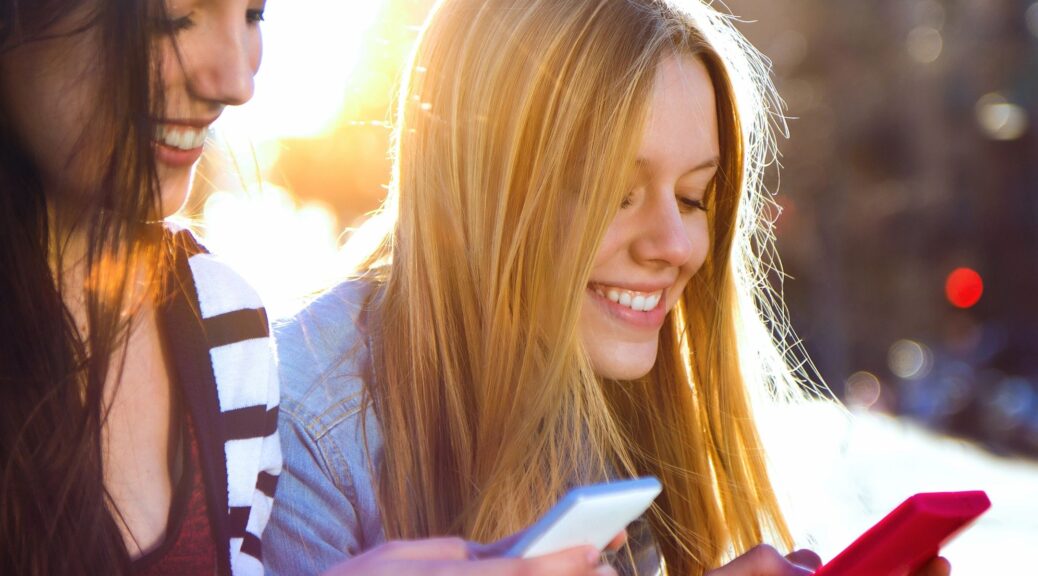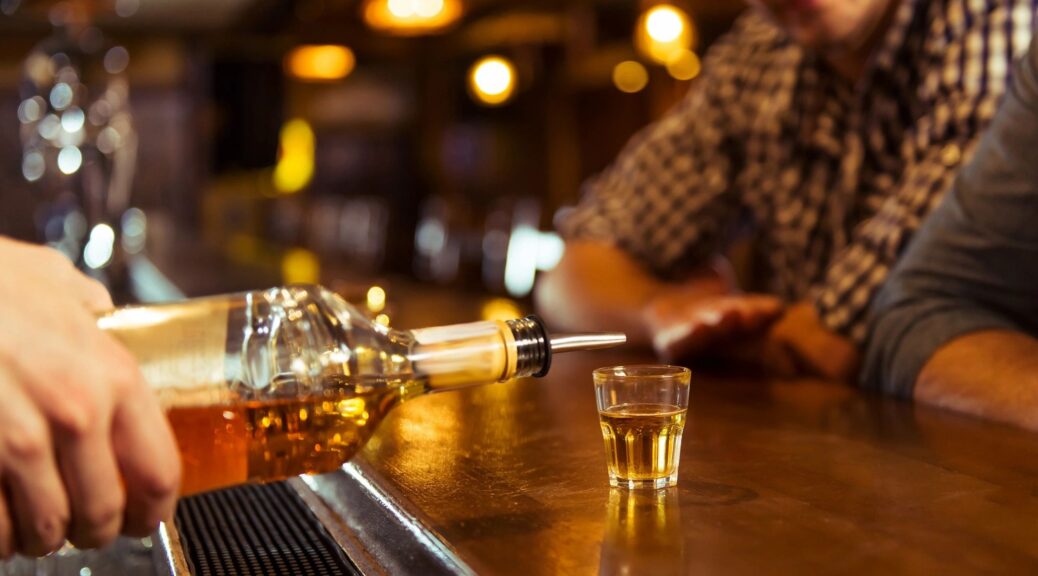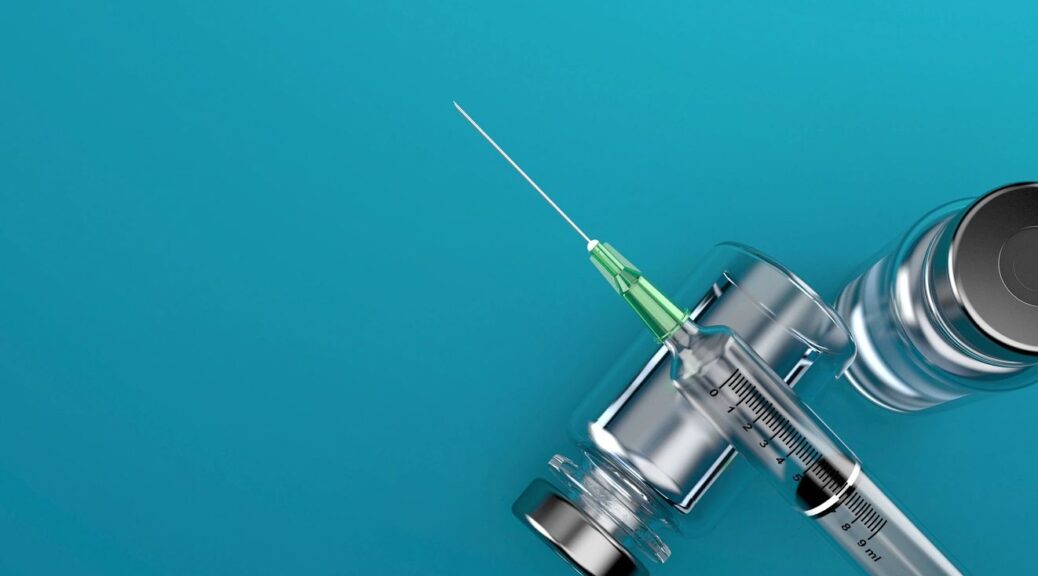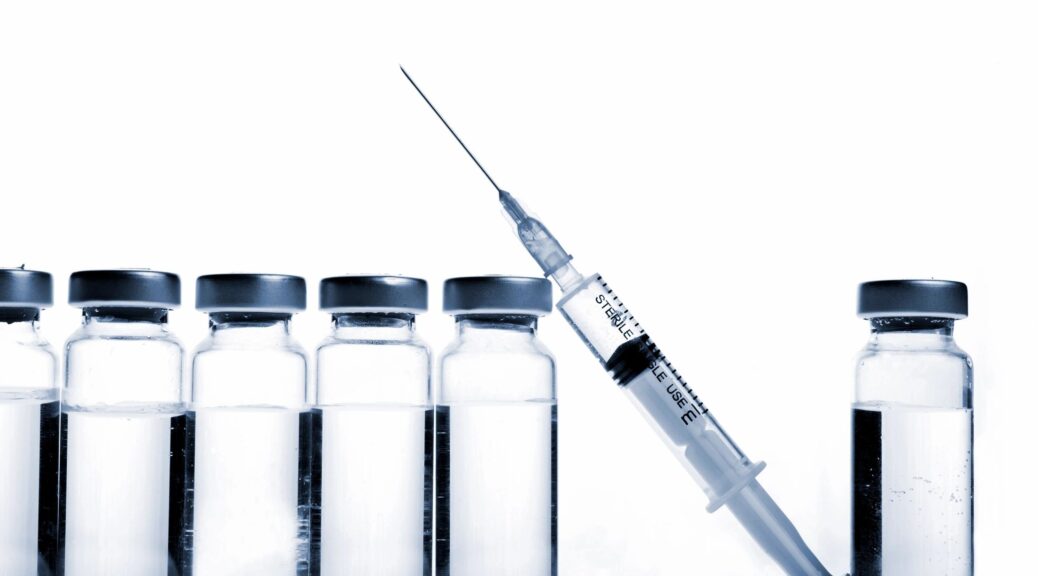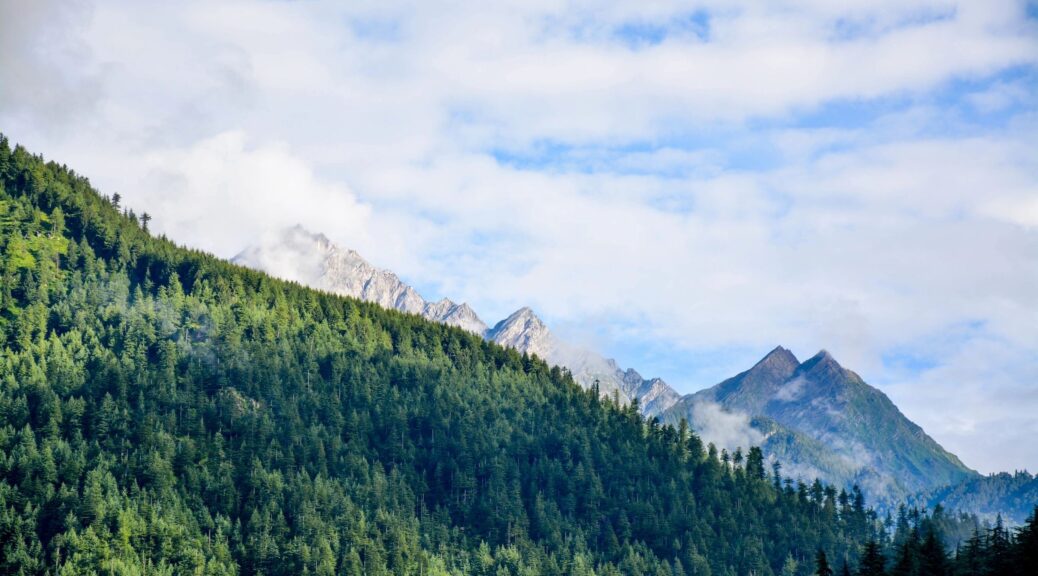Physical Activity, Motivation, and Social Media Content
Klein Buendel Scientist, Dr. Kayla Nuss, and her collaborators presented two groundbreaking posters on physical activity and exposure to social media physical activity content at the 45th Annual Sessions and Meeting of the Society of Behavioral Medicine in Philadelphia, PA, March 13-16, 2024. The research delved into three types of physical activity content: fitspiration, body positivity, and body neutrality.
Poster 1
Title: Associations Between Exposure to Fitspiration, Body Positive, and Body Neutral Social Media Content and Physical Activity Engagement: A Cross-Sectional Analysis

Presenter: Dr. Kayla Nuss
In 2021, nearly 70% of Americans reported using social media, a statistic that has remained fairly constant since 2016. The fitspiration trend, which has become increasingly popular on most social media platforms, encourages users to share fitness inspiration content, including health and fitness tips and motivational posts. However fitspiration exposure has no significant effect on physical activity (PA) intentions or engagement.1
The body positivity movement emerged as a direct response to fitspiration, featuring a range of diverse body sizes and types, including fat and plus-sized influencers engaging in activities. Evidence indicates that exposure to body positive content is associated with greater intentions for physical activity and increased engagement when compared to fitspiration content. A third social media movement, body neutrality, focuses on the functionality and appreciation of the body for not how it looks, but rather what it can do. To our knowledge, no study has explored the association between body neutrality exposure and PA engagement. As such, the purpose of this study is to assess the associations among exposure to fitspiration, body positive, and body neutral social media content and PA behavior.
Two-hundred and thirty-seven (237) participants responded to a survey that included the validated Global Physical Activity Questionnaire (GPAQ) to assess weekly moderate to vigorous PA (MVPA) and sedentary time. In addition, the authors assessed participants’ exposure to social media fitspiration, body positive, and body neutral content. During data cleaning, they categorized exposure to the three content types into “no exposure,” “low exposure,” “moderate exposure”, and “high exposure”. The authors also collected demographic and anthropomorphic data. Using a series of analyses of variance tests, they investigated associations among different levels of exposure to fitspiration, body positive, and body neutral content, and PA engagement.
Biological sex had a significant main effect on weekly minutes of MVPA, and was included it in the models. Exposure to fitspiration had no significant effect, but exposure to both body positive content and body neutrality content did. Post-hoc comparisons revealed that in both contexts, participants who reported high exposure to either body positive or body neutral content had significantly more minutes of weekly MVPA than those who reported no exposure levels and low exposure levels, respectively.
The authors concluded that whereas fitspiration content is intended to inspire physical activity and fitness, there is no association between it and engagement. Interventionists may consider creating programs leveraging body positive or body neutral content to increase PA among social media users.
This research was sponsored by Klein Buendel and led by Dr. Kayla Nuss. Coauthors included Dr. Dani Arrigo from Rowan University and Ms. Julia Berteletti from Klein Buendel.
Poster 2
Title: Interaction Effects of Amotivation for Physical Activity and Fitness Social Media Exposure on Physical Activity Intentions
Presenter: Dr. Kayla Nuss
Nearly half of Americans seek fitness, physical activity (PA), and health advice from social media platforms like Facebook and Instagram. Further, nearly 20% have changed a component of their wellness regimen based on that advice. There are three main categories of physical and activity content on social media, each with its own content themes:
- Fitspiration features mostly white, thin, Women, unengaged in PA and has no discernable association with motivation or PA engagement.1
- Body positive content features diverse bodies, including fat and plus-sized influencers engaged in PA, and has been associated with greater intentions for PA. Associations with motivation and engagement are unknown.
- Body neutrality is centered on the functionality of the body, rather than appearance.
To date, no study has examined its associations with PA motivation, intention, or engagement. The purpose of this study is to examine cross-sectional associations of exposure to fitness social media content with Self-Determination Theory motivational subtypes, and PA intention and engagement.
A total of 237 participants responded to a survey that included the validated Global Physical Activity Questionnaire (GPAQ) to assess weekly moderate to vigorous PA (MVPA). The authors examined intention for PA using the Behavioral Intentions Scale and assessed motivation for PA using the Behavioral Regulations in Exercise Scale. The authors also assessed participants’ exposure to social media fitspiration, body positive, and body neutral content. They categorized exposure to the three content types into “no exposure,” “low exposure,” “moderate exposure”, and “high exposure.” They also collected demographic and anthropomorphic data. Using a series of analyses of variance tests, the authors investigated associations among different levels of exposure to fitspiration, body positive, and body neutral content, and motivation, PA intention, and engagement.
For the reporting of results, the authors first examined interaction effects between exposure to fitness content and each of the motivational subtypes on PA intention and behavior. They identified a significant interaction of amotivation (having no drive for the behavior) and exposure to both fitspiration and body positive content on PA intentions, but not engagement. Specifically, highly amotivated individuals who also reported high exposure to these social media types reported greater intentions for PA than those who reported moderate, low, or no exposure. There was no significant interaction effect between amotivation and body neutral exposure on PA intentions nor engagement.
The authors concluded that interventionists may consider exposing highly amotivated individuals to fitspiration or body positive social media to potentially increase intentions for PA. However, the intention-behavior gap must also be addressed in this population.
This research was sponsored by Klein Buendel and led by Dr. Kayla Nuss. Coauthors included Dr. Dani Arrigo from Rowan University and Ms. Julia Berteletti from Klein Buendel.
References
- Nuss K, Coulter R, Liu S. Content of social media fitspiration and its effect on physical activity-related behavior: A systematic review. Psychology of Popular Media. Published online 2023.


